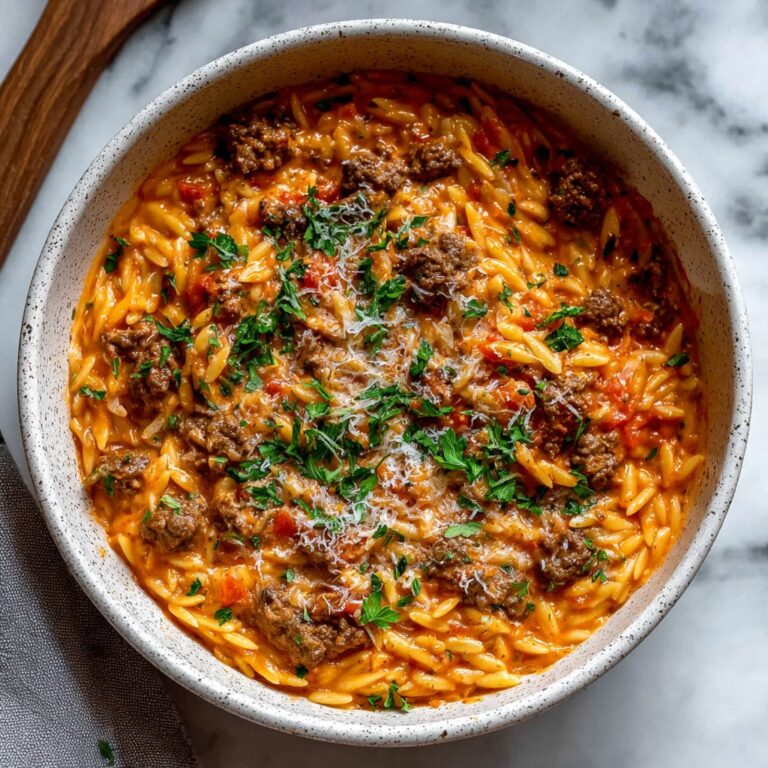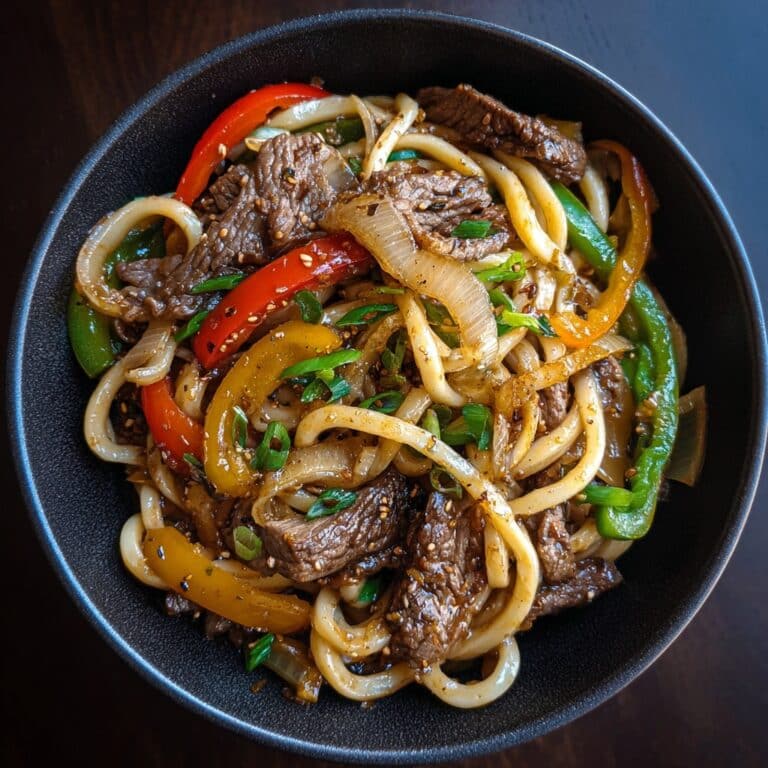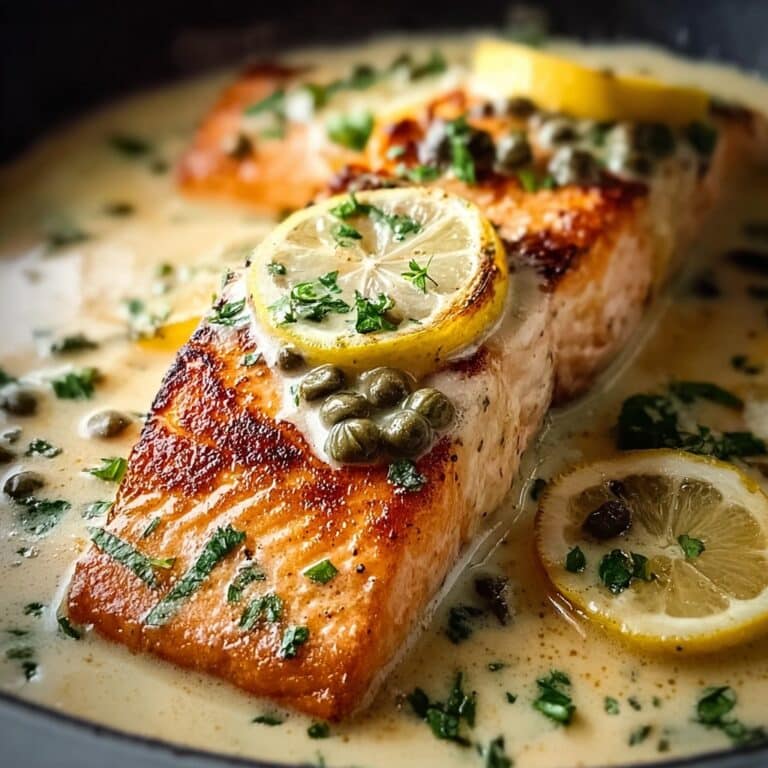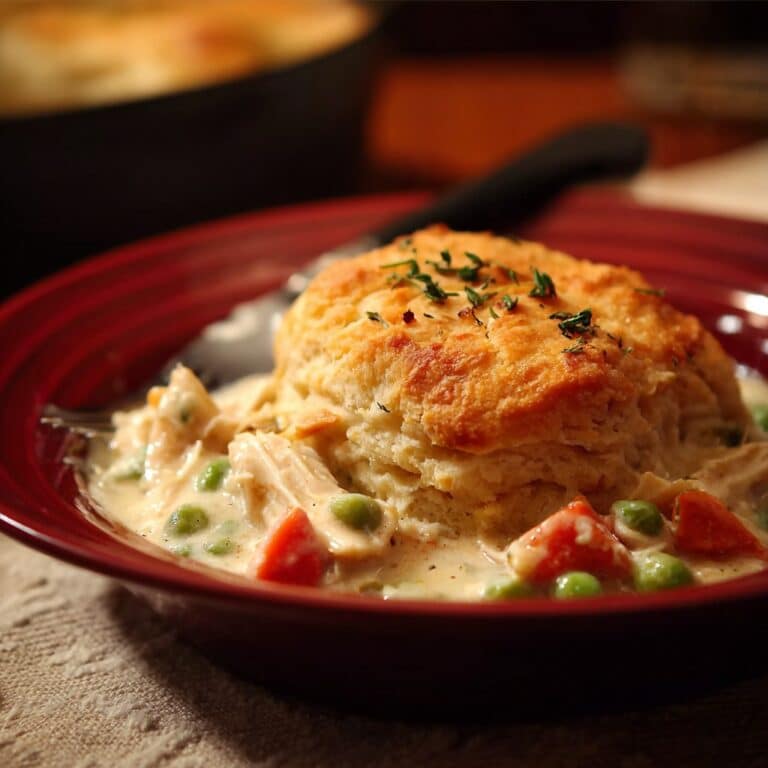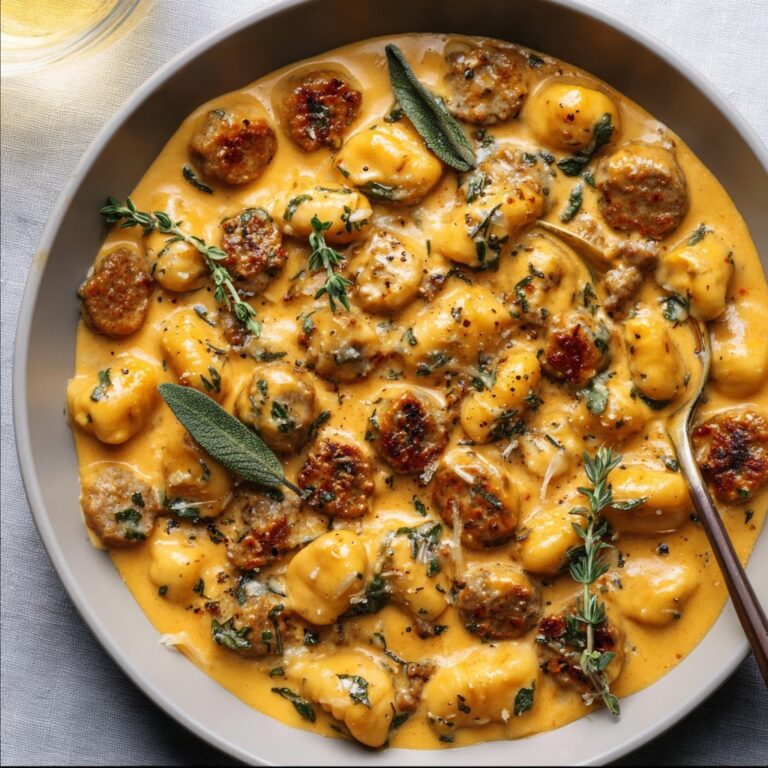Autumn Sausage Pasta Squash: Cozy, Real Fall Dinner Guide
Okay, I’ve got to start this with a confession: autumn is that time of year when I just want to eat stuff that’s basically a warm hug. You know—food that makes you pull on your fluffiest socks and plop onto the couch with a big bowl (or plate, but who are we kidding, I always take the bowl). Autumn Sausage Pasta Squash fits that bill every single time. First time I made it I thought it’d be a disaster because, fun fact, I actually used spaghetti squash by accident instead of butternut. Guess what? Both work, but—spoiler alert—one’s easier to wrangle with a blunt knife.
Why You’ll Love This, Pinky Promise
I make this when the air gets that nippy, weird-smelling, leafy autumn thing (am I the only one who notices that?) and everyone’s eyeing those big orange squashes at the market. My family basically lines up when I say it’s sausage pasta squash night—though, full disclosure, there have been groans if I ‘go heavy’ on the sage. Oh, and this is one of those forgiving dishes, so even the time I overcooked the noodles it just sort of morphed into a weird but still delicious, slightly-gooey thing. If you’re into simple, hearty dinners with a little bit of sweet, a little bit of savory, and a whole lot of ‘It’s fall, deal with it’ vibes, this is your jam.
What You’ll Need (ish)
- 1 medium butternut squash (or honestly, I’ve used acorn in a pinch — my neighbor brings them over when they’ve overplanted and I’m too polite to refuse)
- 10-12 oz Italian sausage, casings removed (sweet or spicy, dealer’s choice. I tried the beyond meat kind once, didn’t hate it!)
- Half a box (about 8 oz, or a very generous mugful) of short pasta like penne or rigatoni (sometimes I use shells if that’s all that’s in the box)
- 1 small onion, diced (Red, yellow, whatever’s rolling around in your veg drawer)
- 2-3 cloves of garlic, minced (some nights I just use the jarred stuff—my secret’s out)
- About 1/3 cup heavy cream or half and half (I’ve done it with oat milk, not bad actually!)
- 1/2 cup grated Parmesan (my grandmother swore by aged Parm; I use whatever’s on sale)
- 1 handful of fresh spinach or kale, chopped (optional, but my kid swears he can ‘spot the greens’ so sometimes I skip it for peace)
- Salt and black pepper, to taste
- Fresh sage or thyme if you’ve got it (dried works, just don’t overdo it or it’ll taste like potpourri)
- Olive oil, for roasting and sautéing
Let’s Get Cooking (No Pressure)
- First up, preheat your oven to about 400F (that’s around 200C for any metric folks). Chop your butternut in half, scoop out the gunky bits and seeds—don’t throw them away! You can roast the seeds for a snack later (I never do, but apparently that’s a thing you’re supposed to do). Drizzle the squash with olive oil, sprinkle some salt and pepper, and put it cut side down on a baking sheet. Roast for, ehhh, about 30-35 minutes. It’ll probalby go a little golden. (Don’t panic if the edges go dark—that’s the best part.)
- While the squash is working its magic, get your pasta pot going. Salt the water like you mean it and cook the noodles just shy of totally done. Drain and save a cup of pasta water! Every single time I forget this, and every single time I regret it so… don’t be like me.
- Meanwhile, heat a glug of olive oil in a big skillet (or whatever’s clean) on medium-high. Cook the sausage, breaking it up with a spoon until browned and crumbly—some bits will stick, that’s fine, those crunchy bits are a treat. Toss in your onion and garlic, stirring until the onion goes soft. (This is when the house starts smelling dangerous, like you want to eat dinner at 3pm.)
- Scoop cooked squash into the skillet (watch it’s hot, honestly, half the time I burn my fingertips). Smash it up a bit with your spoon—it doesn’t have to be perfectly smooth, a few chunks are nice. I usually sneak a taste here. No shame.
- Turn heat to low. Add the cream, spinach or kale if using, and a decent handful of Parmesan. Stir it together till melty-ish. Now’s when to throw in a pinch of sage or thyme (or both if you’re living dangerously).
- Toss in the pasta, add some reserved pasta water if it looks dry (start with a splash, I never measure). Get it all glossy and together. Season with salt and pepper till it sings.
Small Notes, or Things I’ve Accidentally Discovered
- If you’re using spaghetti squash, just scoop the strands right in, don’t bother trying to cube it. Actually makes for a fun, stringy texture… slightly more mess on the forks though.
- Cream isn’t absolutely vital; I’ve survived with Greek yogurt stirred in at the end.
- Try roasting two squashes at once—use half now, freeze half for later (but let’s be honest, my freezer is currently just a graveyard for random bread heels and a bag of peas ‘just in case’).
Swaps and Kitchen Experiments (Some Wins, Some Fails)
- Tried subbing ground turkey for sausage once; it needed extra seasoning, but it’s alright if you want lighter. Wouldn’t do tofu again—it went kinda mushy.
- Pecorino totally works if you’re out of Parm. I even mixed a bit of cheddar in once, but the flavor got a little wild, so maybe stick to classics.
- Penne, rigatoni, even broken lasagna sheets (that time when I dropped the box halfway from the shelf)—they all work. The only pasta flop I had was orzo; just was not the vibe!
About the Equipment (Don’t Panic If You’re Missing Stuff)
No roasting pan? Just use a baking tray lined with foil or (honestly, I’ve used an old pizza pan and it was fine). If your blender’s broken like mine that one week, just mash the squash with a fork or potato masher. Pasta pots are nice, but a big saucepan with lots of salted water does the trick. Oh, and don’t stress about the fancy cheese grater—I’ve used a veggie peeler in a pinch.
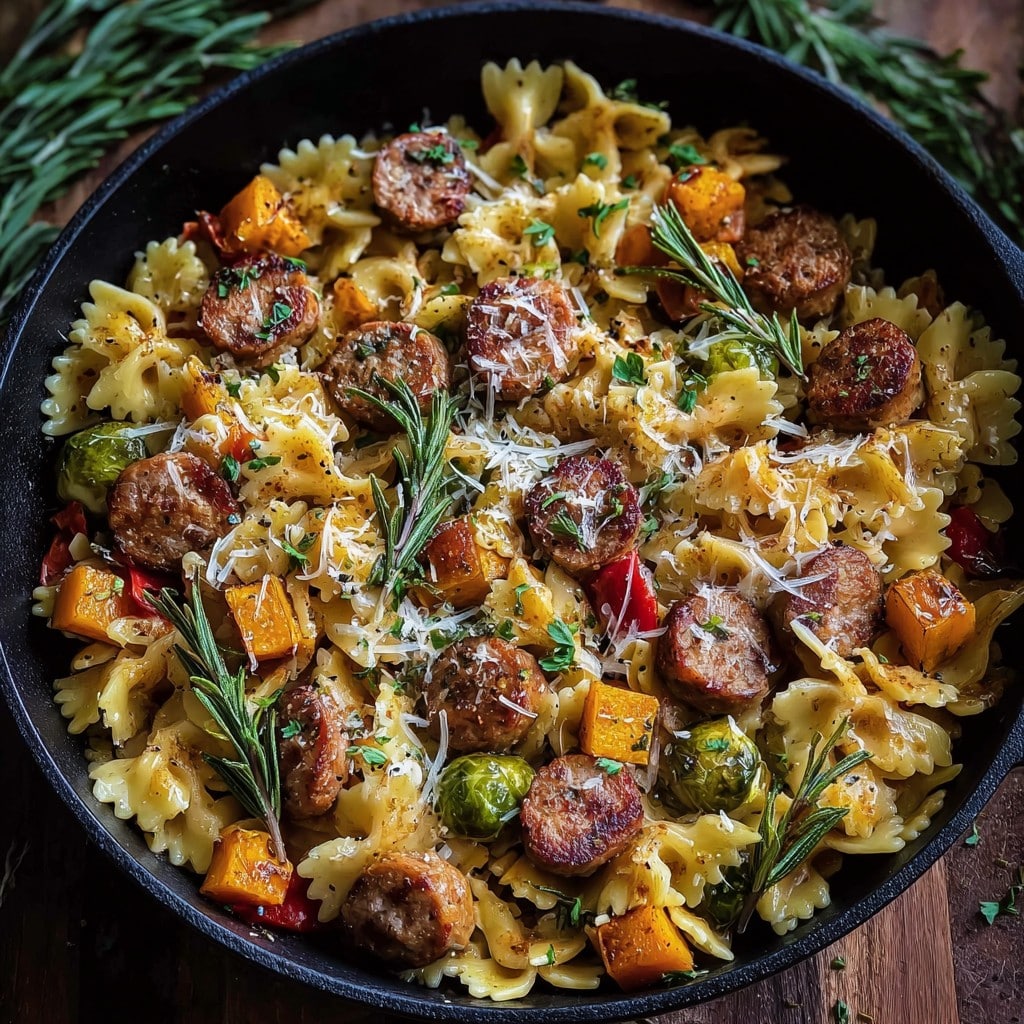
Keeping Leftovers—If You Actually Have Any
So, real talk: in my house, there’s rarely any left for tomorrow—but if you manage it, just stick everything in an airtight container in the fridge. It’ll be good for about 3 days (I think it tastes better the next day, but don’t @ me). Freezer? Sure, but the texture changes a bit when you reheat. Sometimes I zap leftovers in the microwave. Occasionally, the edges go weird but a quick stir usually fixes it.
How We Serve It (And Why the Big Spoons Come Out)
I almost always serve this with crusty bread (sourdough is the absolute best), and sometimes a sprinkle of chopped parsley to feel fancy. My brother-in-law dunks his bread right in the bowl, makes a whole show of it. Sometimes we throw a quick green salad on the side—bit of lemon, maybe a shake of chili flakes. That’s Sunday dinner sorted.
My Golden Lessons (Learned the Hard Way…)
- Don’t rush roasting the squash—one time I tried to crank up the temp, and it turned weirdly gluey instead of sweet-roasted. Just… be patient, trust the process.
- If the sausage isn’t browned enough, you lose all that toasty flavor—so give it some love in the pan, don’t keep stirring every second.
- Take the pot off the heat before throwing in Parmesan, or it goes stringy and sad. Hard lesson, multiple attempts before I FINALLY remembered.
FAQ—People Actually Ask Me These!
Can I make this vegetarian?
Absolutely—just ditch the sausage and sauté some mushrooms instead. Or use a veggie sausage if that’s your thing; works pretty well!
Is there a way to make this dairy free?
You bet. I actually used coconut cream and vegan cheese once—felt a bit tropical, but it was fine. Oat milk is also sneaky good here.
How do you stop leftovers from going mushy?
I let it cool fully before fridging, otherwise it steams itself soggy (ask me how I know). Reheat gently, maybe with a splash of broth or water.
What if I don’t have fresh sage?
No worries! Just use a smaller pinch of dried; too much and it overpowers. Or, honestly, skip it if you dislike herby things—still delicious.
Which pasta works best?
Rigatoni’s top pick for me (hugs the sauce real nice), but any ‘short’ noodle will do. I even had a friend make it with egg noodles… said it was mega comforting.
Bonus not-so-on-topic ramble
Oh, side note—if you’re looking for squash tips, I learned a lot form Serious Eats on roasting. And if you’re ever stuck for dinner ideas, Smitten Kitchen is where I lose a lot of evenings. Just, you know, don’t blame me when you’ve got a dozen more recipes queued for fall… Happens to the best of us.
Anyways, that’s the secret sauce (figuratively and literally) for my Autumn Sausage Pasta Squash. Let me know if you go off-script—I’m always up for swapping scatterbrained cooking tales. Happy eating!
Ingredients
- 1 medium butternut squash, peeled and cubed
- 2 tablespoons olive oil
- 8 oz Italian sausage, casing removed
- 8 oz penne pasta
- 1 small yellow onion, diced
- 2 cloves garlic, minced
- 1/2 cup heavy cream
- 1/2 cup grated Parmesan cheese
- 1/4 teaspoon dried sage
- Salt and black pepper to taste
- Fresh parsley, chopped (for garnish)
Instructions
-
1Preheat oven to 400°F (200°C). Toss cubed butternut squash with 1 tablespoon olive oil, salt, and pepper. Spread on a baking sheet and roast for 25-30 minutes until tender and golden.
-
2While squash roasts, cook penne pasta in salted boiling water according to package instructions. Drain and set aside.
-
3Heat remaining olive oil in a large skillet over medium heat. Add sausage, breaking it apart with a spoon, and cook until browned.
-
4Add diced onion and garlic to the skillet; sauté until softened and fragrant, about 3 minutes.
-
5Stir in roasted squash, cooked pasta, heavy cream, Parmesan cheese, and dried sage. Toss everything together and season with salt and black pepper to taste.
-
6Serve hot, garnished with chopped fresh parsley and extra Parmesan if desired.
Approximate Information for One Serving
Nutrition Disclaimers
Number of total servings shown is approximate. Actual number of servings will depend on your preferred portion sizes.
Nutritional values shown are general guidelines and reflect information for 1 serving using the ingredients listed, not including any optional ingredients. Actual macros may vary slightly depending on specific brands and types of ingredients used.
To determine the weight of one serving, prepare the recipe as instructed. Weigh the finished recipe, then divide the weight of the finished recipe (not including the weight of the container the food is in) by the desired number of servings. Result will be the weight of one serving.
Did you make this recipe?
Please consider Pinning it!!

